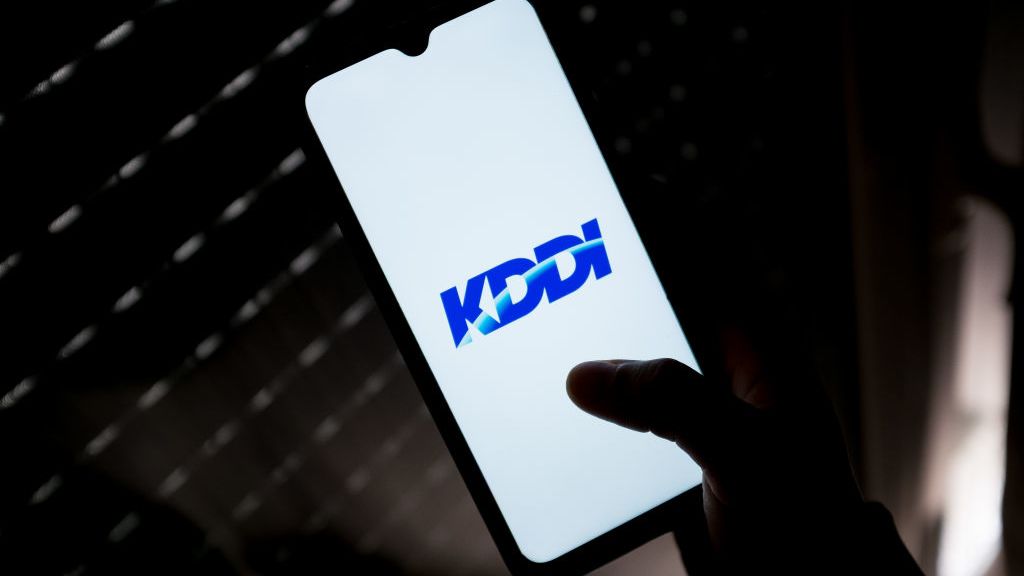Japan’s second biggest telco finally fixes network after three-day outage
KDDI’s disruption affected over 39 million users, with the government announcing it would set up an expert panel to investigate the matter


The Japanese telco KDDI has said that it has fixed a problem with its network which affected over 39 million users for over three days.
KDDI users were unable to access the internet or make voice calls in what is one of the country’s worst-ever network outages, as reported by the Japan Times. It also impacted service providers in sectors like banking, weather, logistics, and health care.
The operator experienced network failure on Saturday 2 July at around 1:35 am when it replaced a router for its core network as part of regular maintenance, which ended up preventing the connection of voice calls. The carrier attempted to fix the problem but experienced a heavy amount of traffic which exacerbated connection difficulties.
The company said on Monday that the network was almost restored and more or less stable, but it needed to keep monitoring it to ensure it had fully recovered. KDDI also said it would consider offering compensation to users.
"We deeply regret this as a telecommunications carrier in a position to support critical infrastructure and provide stable services," said Makoto Takahashi, KDDI president, according to Reuters. He said it was the biggest system failure in the carrier's history.
Around 70% of the network’s services had recovered by mid-morning on Sunday and KDDI planned to recover the rest by around 5:30 pm, said Takahashi. However, problems persisted until after this deadline, with the company only confirming that it had fixed the network today.
Earlier today, Japan’s communications minister, Yasushi Kaneko, criticised the company and said it had not fulfilled its responsibility as a telecommunications operator. Kaneko added that due to the unprecedented impact of the outage, the government will set up an expert panel to compile measures to prevent a recurrence.
Get the ITPro daily newsletter
Sign up today and you will receive a free copy of our Future Focus 2025 report - the leading guidance on AI, cybersecurity and other IT challenges as per 700+ senior executives
"It is extremely regrettable that it has got to the point of potentially threatening people's lives and we are taking the situation seriously,” said Kaneko, referring to the disruption of emergency calls during the outage.
The Meteorological Agency has also demanded that the organisation come up with measures to prevent the incident from occurring again after some data distributions from its regional weather observation system were suspended. It has around 1,300 observation stations across the country, of which 550 had stopped transmitting data because of the network disruption.
RELATED RESOURCE

Protect and preserve your data from endpoint to infrastructure
Achieve cyber resilience with help from a powerhouse partnership
In the health sector, some medical facilities had difficulty in communication with doctors and drivers who were delivering pulse oximeters to coronavirus patients due to the disruption, revealed health minister Shigeyuki Goto.
"To ensure there is no serious interference to medical and nursing-care services, we will work with prefectural governments to secure a stable system from normal times," said Goto.
Japan’s largest mobile telco, NTT, experienced a similar outage in October last year which lasted for around 29 hours and impacted 12.9 million users.
Zach Marzouk is a former ITPro, CloudPro, and ChannelPro staff writer, covering topics like security, privacy, worker rights, and startups, primarily in the Asia Pacific and the US regions. Zach joined ITPro in 2017 where he was introduced to the world of B2B technology as a junior staff writer, before he returned to Argentina in 2018, working in communications and as a copywriter. In 2021, he made his way back to ITPro as a staff writer during the pandemic, before joining the world of freelance in 2022.
-
 Third time lucky? Microsoft finally begins roll-out of controversial Recall feature
Third time lucky? Microsoft finally begins roll-out of controversial Recall featureNews The Windows Recall feature has been plagued by setbacks and backlash from security professionals
By Emma Woollacott Published
-
 The UK government wants quantum technology out of the lab and in the hands of enterprises
The UK government wants quantum technology out of the lab and in the hands of enterprisesNews The UK government has unveiled plans to invest £121 million in quantum computing projects in an effort to drive real-world applications and adoption rates.
By Emma Woollacott Published
-
 How to empower employees to accelerate emissions reduction
How to empower employees to accelerate emissions reductionin depth With ICT accounting for as much as 3% of global carbon emissions, the same as aviation, the industry needs to increase emissions reduction
By Fleur Doidge Published
-
 Worldwide IT spending to grow 4.3% in 2023, with no significant AI impact
Worldwide IT spending to grow 4.3% in 2023, with no significant AI impactNews Spending patterns have changed as companies take an inward focus
By Rory Bathgate Published
-
 Report: Female tech workers disproportionately affected by industry layoffs
Report: Female tech workers disproportionately affected by industry layoffsNews Layoffs continue to strike companies throughout the tech industry, with data showing females in both the UK and US are bearing the brunt of them more so than males
By Ross Kelly Published
-
 How can small businesses cope with inflation?
How can small businesses cope with inflation?Tutorial With high inflation increasing the cost of doing business, how can small businesses weather the storm?
By Sandra Vogel Published
-
 How to deal with inflation while undergoing digital transformation
How to deal with inflation while undergoing digital transformationIn-depth How can organizations stave off inflation while attempting to grow by digitally transforming their businesses?
By Sandra Vogel Published
-
 How businesses can use technology to fight inflation
How businesses can use technology to fight inflationTUTORIAL While technology can’t provide all the answers to fight rising inflation, it can help ease the pain on businesses in the long term
By Sandra Vogel Published
-
 Boomi snaps up former MuleSoft executive as APJ channel lead
Boomi snaps up former MuleSoft executive as APJ channel leadNews Global software veteran Jim Fisher will work to expand the company’s channel operations across the region
By Daniel Todd Published
-
 Embattled WANdisco to cut 30% of workforce amid fraud scandal
Embattled WANdisco to cut 30% of workforce amid fraud scandalNews The layoffs follow the shock resignation of the company’s CEO and CFO in early April
By Ross Kelly Published